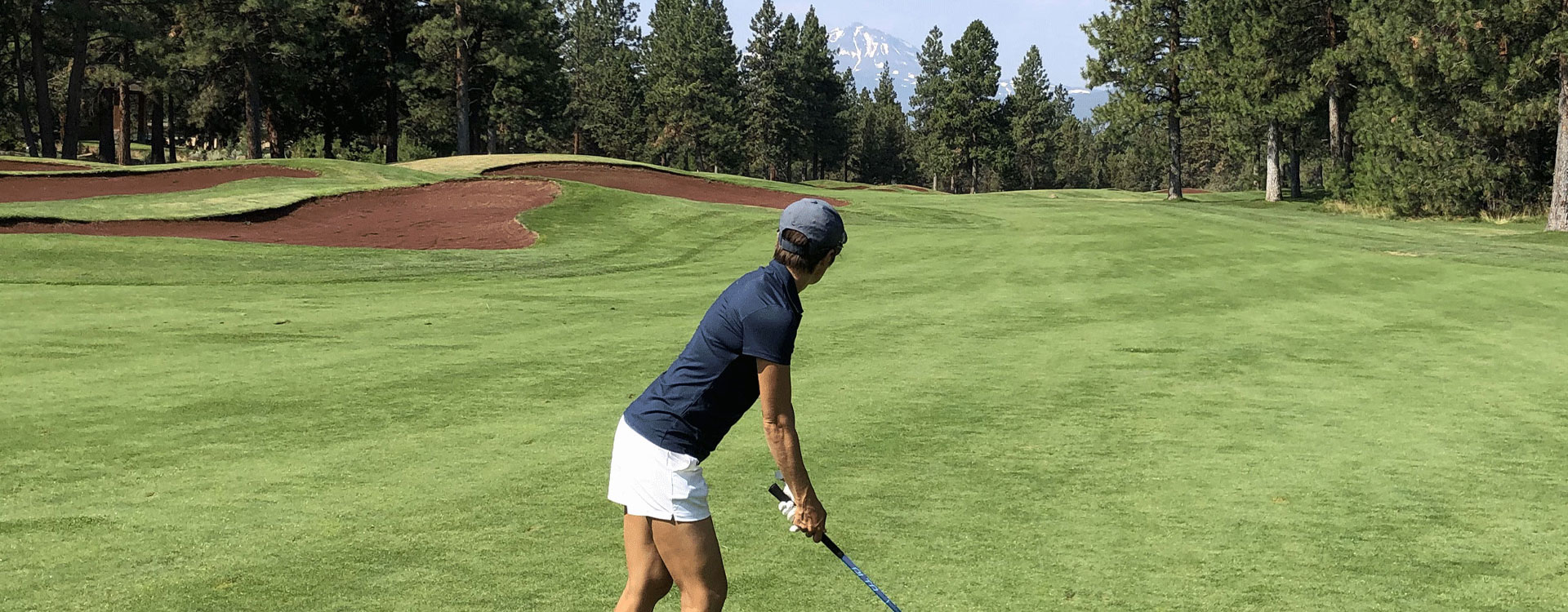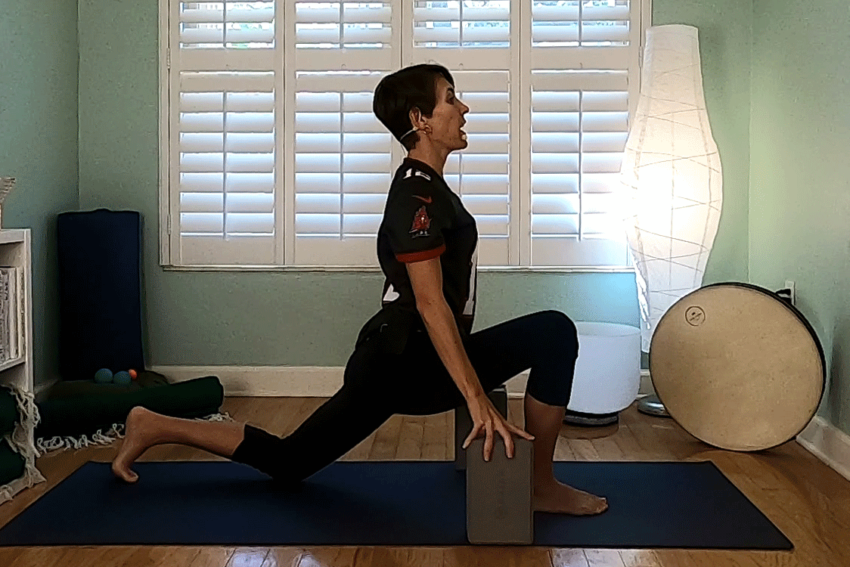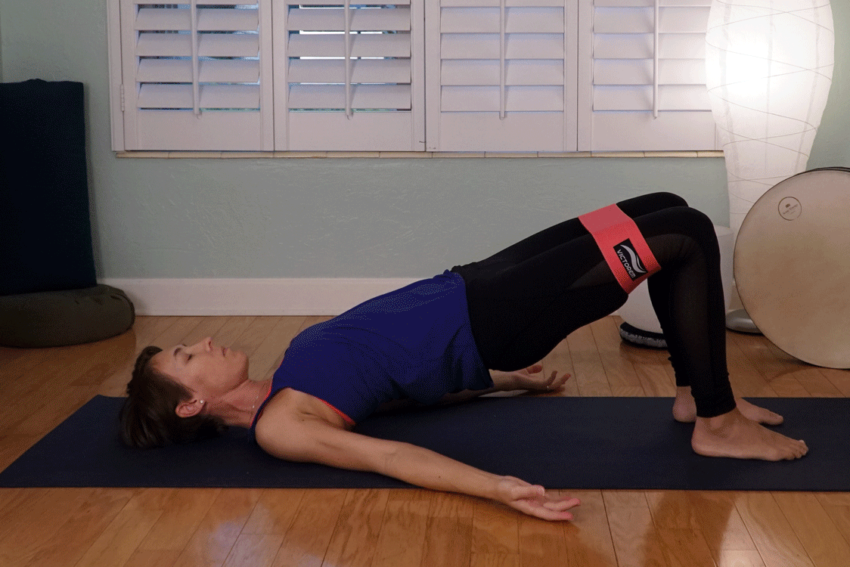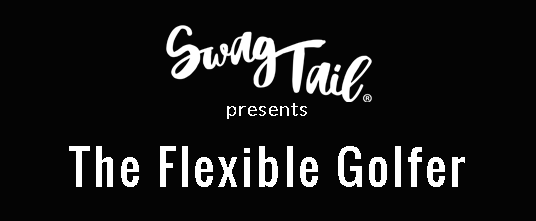Focus is one of the most important skills on the golf course. Yet when the mind goes untrained, you lack confidence as you step up to hit your shot. You get frustrated when your swing and ball flight don’t align with what you know is possible for your game. And, you could end up in a downward spiral if you can’t bring your focus back to the present moment. In this post, you’ll learn how to combat these unwanted scenarios through pivoting on the course.
In fact, I have a dear friend with whom I love to play golf. She’s a straight-shooter who’ll tell you exactly what’s on her mind (whether you want to hear it or not). While she’s a great golfer, many times her mental focus goes awry. She’ll hit a ball in the water or start pulling her putting with each stroke on the green.
With each disappointing stroke, she mentally breaks down. She goes from loving the game to hating it. And likely she’s so far out of tournament competition that she just gives up entirely.
While I never want anyone to have a horrible round, I do enjoy watching this scenario. It reminds me that we really do have the power to focus the mind in any given moment (whether you’re actually doing it or not). You have control over where you place your attention. By selecting wisely, you can greatly improve your game.
I use the PIVOT acronym to stay focused when I play. And that’s what I want to share with you here.

WHAT IS THE PIVOTING?
The word PIVOT also has numerous meanings. In the literal sense, pivoting means to change position. You do this each time you swing a club. For example, you pivot on your back foot in your follow-through so that your body can finish the swing facing the target.
Pivoting also refers to a change in direction. If you pivot, you shift your momentum from one target to another. This is really important in the mental game of golf because you want to shake off the unwanted events of the past so you can hit the ball well in the next. Or you might want to return to neutral after an amazing shot so you can do it again without doubt or uncertainty.
And when is one of the best times to pivot during your round?
During your pre-shot routine.
Your pre-shot routine is where you place your attention on what you want. And the PIVOT acronym helps you remember the important elements of your pre-shot routine. The best part is that each item on the list gives you the mental structure to stay focused as you play.
Here is the PIVOT METHOD:
P = Practice Swing
I = Intention
V = Visualization
O = Outbreath
T = Trust your swing
So let’s look at each of those elements in detail
"Habits are, simply, reliable solutions to recurring problems in our environment."
"P" IS FOR PRACTICE SWING
A practice swing, done before actually hitting the ball, gives you a chance to assess the ground beneath your feet. You also gain a greater understanding of the surface beneath your ball–whether that be sand, poorly manicured grass, or an uphill slope. The body position you’ll need to strike the ball well also comes into full view.
A practice swing can also help you decide which type of swing to use–maybe you’ll take a full swing, half swing, or punch shot. Most times you want to take this swing in the same direction as the hole. Yet, there have been times my ball is too close to a tree and I need to hit it out sideways first to have a better (and smarter) shot into the green.
A practice swing will also allow you to determine the type of stance and necessary balance needed to complete your desired swing.
The best part is that a practice swing takes the thinking part of your brain–which analyzes what is needed for each shot–and transfers that information directly to each cell of the body. You basically take it from the conscious mind and root it in the subconscious memory.
This part of the pre-shot routine even provides information that can better shape my intention for the shot. Naturally, this leads to the next step of the process, which is setting an intention.

"I" IS FOR INTENTION
An intention is simply a clear thought about what you want to happen. That’s it. You can have a broad idea about what you want to occur at the beginning of your round. Or, you can have a very specific intention about where you want your ball to travel with each shot. Setting this intention helps you focus in the pivoting process.
In fact, you can ask yourself these questions to clarify your intentions:
- What type of shot do I want to take?
- What distance do I want the ball to fly in the air?
- How far do I want it to roll out once it lands?
- What risks affect this type of shot?
- Are there environmental factors to consider, like wind or rain?
- Are there rewards that will outweigh the risks?
Not all questions might be relevant, and even if they are, the answers usually come quickly. You now have an analysis of the situation. With this information, you have the best possible shot in mind.
Now it’s time to move on to the next element of the PIVOT process, which is to visualize your intention in motion.
"V" IS FOR VISUALIZATION
This is the third part of the pre-shot routine. Visualization uses your imagination to create an experience in your mind. This is where you imagine your swing and the subsequent ball movement. You have about 11 million sensory receptors in the body, and ten million of those are dedicated to the eyes alone.
And the mind doesn’t know the difference between what is imagined with the eyes and what is actually seen with them. Scientific research shows the same areas of the brain and body light up when you visualize something and when you actually experience it. This makes envisioning the perfect hit a powerful element of your pre-shot routine.
So, for this step, visualize your intended shot. Imagine the best shot possible. Or, tap into the reservoir of past knowledge by imagining your best shot at that same hole from a similar spot, This comes in handy if you’re playing at your home course or on familiar territory.
The key is to envision the ball in flight. Watch it land. Visualize it rolling out down the fairway, or onto the green, and even into the hole. Then after your visualization is complete, it’s time to move on to the next step.
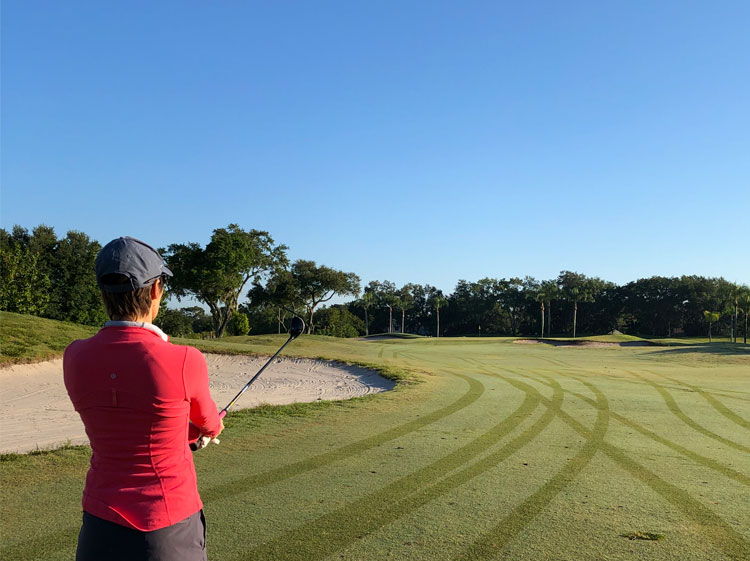
"O" IS FOR OUTBREATH
Yes, the O in PIVOT represents your outbreath. Yes, you’re familiar with breathing in and breathing out, and you definitely want to use the exhale as a way to change direction. You want to release the thoughts of the past. You want to let go of any physical tension and trust your body is capable of executing your intention.
In fact, many people mis-hit their golf shots because of this mental or physical strain.
When you take a purposeful outbreath, you signal to your mind that it’s time to chill out. Your body knows that to do and a deep breath out reinforces that you’re ready to have your body work its magic.
Tips to Increase focus with your Outbreath
There are many ways you can exhale the air from your lungs. Yet try these tips to get your mind and body aligned before you swing:
- Take a deep exhale through the mouth.
- Try to breathe slower, and take longer to let the air out of your body.
- Complete the entire breath out before stepping up to your ball. It can be tempting to rush this step and move forward before the breath is completely released. Then, see if you can rest in the pause before your breath comes in again. It’s a subtle, but powerful mental trigger that you are strong and capable and ready to hit the ball.
This transitions you perfectly into the fifth and final component of your pre shot routine; trust.
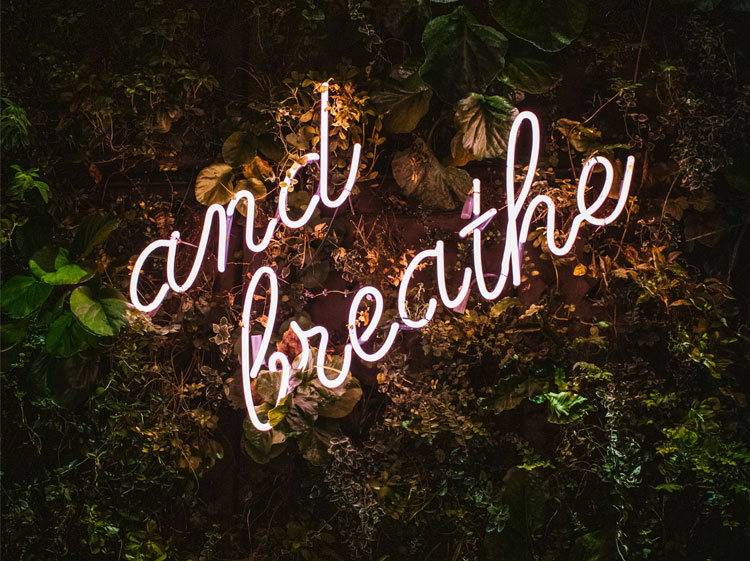
"T" IS FOR TRUST
As you start to walk forward toward your ball, it’s essential to embrace the trust you have in yourself. You want to have a level of faith that your body knows what to do.
Whenever you think a thought in the brain, there is a chemical response that sends a message to every cell of your body. Whenever you repeat an action, the same thing occurs. This means that when you memorize a set of mental and physical behaviors–such as a golf swing–the process is really automatic.
It’s habitual in the body and mind, which are really working together as a team to make that action possible. The subconscious mind and every cell of your body knows what to do.
Problems occur, though, when your conscious mind wants to stay in control. You get in your own way when you overthink the process and lose focus on what’s really important in the moment.
The previous steps in this PIVOT process are designed to prevent that from happening. The practice swing gives the body immediate feedback to make nuanced changes to the golf swing so you can hit this unique shot. Your intention then clarifies the mind, so you intellectually understand the goal. The visualization element brings all of your senses on board, and the outbreath is the final reminder that you’ve got this.
You can trust your body capability, golf skills, and decisions. As you walk forward to hit your ball, you can really trust your shot. You can confidently know that you own it! You know your target. You don’t need to think any more about what needs to be done. You simply need to complete the action.

PUTTING IT TOGETHER
As James Clear says, “You do not rise to the level of your goals. You fall to the level of your systems.” You can elevate your level of play with greater mental focus. And the PIVOT acronym is the system you use to train the mind over and over again for success.
Take Action Now:
- Download this PIVOT worksheet and refine your own pre-shot routine in a way that increases your focus.
- Use the PIVOT method on the range this week. Notice how your approach to hitting the ball (and the ball flight itself) changes as a result.
- Test your newfound mental skill on the course. Make notes when you PIVOT and hit the ball well. Observe when your mind wanders before you strike it, too. Mis-hits and grat shots alike can refine your focus and help you improve.
